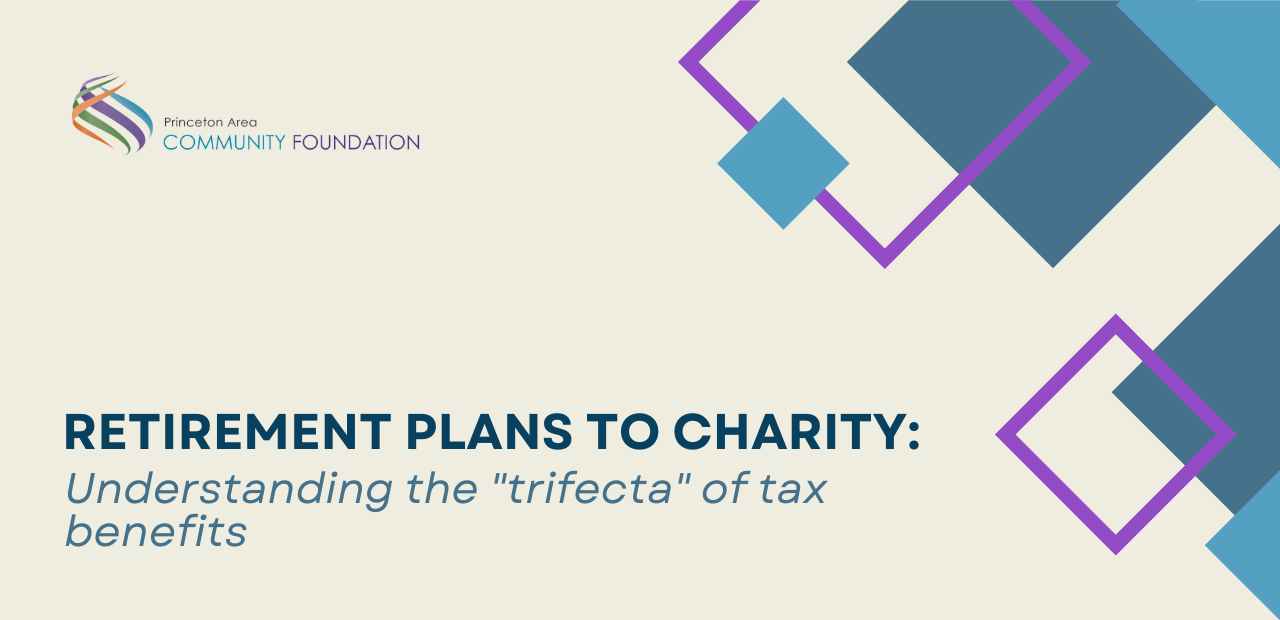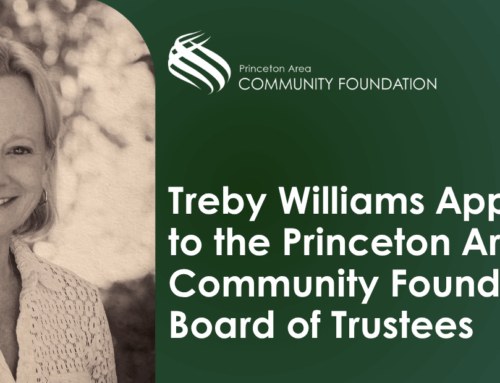Have you heard the buzz about Qualified Charitable Distributions?
QCDs allow those who’ve reached the age of 70 ½ to direct up to $100,000 annually to qualified charities (such as a designated or field-of-interest fund at the Community Foundation), avoiding both the need for a Required Minimum Distribution (RMD) if you have reached age 73 and the income tax hit.
It’s probably more than just the QCD, though, that has spurred your interest. More and more, charitable planning with IRAs and other qualified retirement plans is a topic in financial and mainstream media.
When you name a public charity, such as a donor-advised or other fund at the Community Foundation, as the beneficiary of a traditional IRA or qualified employer retirement plan, you achieve extremely tax-efficient results. Here’s why:
First of all, you achieved tax benefits over time as you contributed money to a traditional IRA (or to an employer-sponsored plan). That’s because contributions to certain retirement plans are what the IRS considers “pre-tax”; you do not pay income tax on the money used to make those contributions (subject to annual limits).
Second, assets in IRAs and qualified retirement plans grow tax free inside the plan. In other words, you are not paying taxes on the income generated by those assets before distributions start in retirement years. This allows these accounts to grow rapidly.
Third, when you leave a traditional IRA or qualified plan to a fund at the Community Foundation or another charity upon death, the charity does not pay income taxes (or estate taxes) on those assets. By contrast, if you were to name children as beneficiaries of an IRA, for example, those IRA distributions to the children are subject to income tax, and that tax can be hefty given the tax treatment of inherited IRAs.
So, if you are deciding how to dispose of stock and an IRA in an estate plan, intending to leave one to children and the other to charity, leaving the IRA to charity and the stock to children is a no-brainer. Remember, inherited stocks that were owned outside of an IRA get the “step-up in basis,” which means that the children won’t pay capital gains taxes on the pre-death appreciation of that asset when they sell it.
Here’s the net-net:
Traditional IRAs are often poor vehicles for leaving a family legacy. Instead, if you are charitably inclined, traditional IRAs are likely better deployed to posthumous philanthropy if other assets, such as appreciated stock, are available to leave to children and other heirs.
The Community Foundation is always happy to work with you and support your efforts to leave a meaningful legacy. Contact us at 609.219.1800 to learn more.






